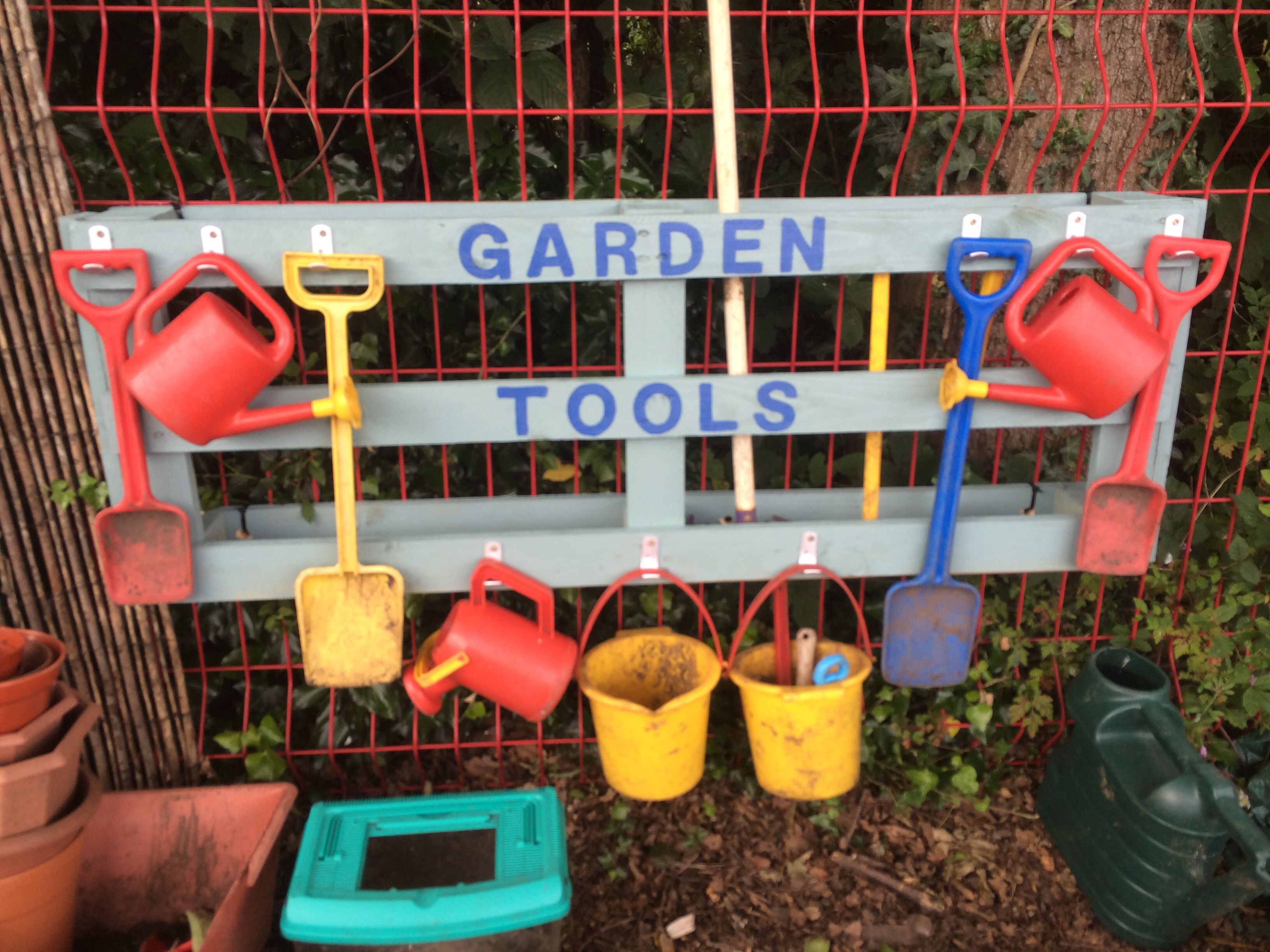
Vertical Gardens as Learning Tools: Enhancing Education through Nature
Introduction
Vertical gardens, also known as green walls or living walls, have gained popularity in educational settings. These structures not only provide aesthetic appeal but also offer numerous learning opportunities for students. By incorporating vertical gardens into schools and educational institutions, educators can create engaging and hands-on experiences that foster environmental awareness, promote healthy habits, and develop practical skills.
Historical Background
Vertical gardens have a rich history that dates back centuries, with notable examples like the Hanging Gardens of Babylon. However, it is only in recent decades that vertical gardens have emerged as effective learning tools. Noteworthy developments in this area include the integration of vertical gardens in urban environments and the recognition of their educational potential.
Key Concepts and Definitions
Vertical gardens are structures where plants are grown vertically on walls or other vertical surfaces. They utilize techniques such as hydroponics or aeroponics to support plant growth. These gardens serve as learning tools by providing students with firsthand experiences in plant care, environmental sustainability, and the interconnectedness of ecosystems. Other key terms associated with vertical gardens as learning tools include experiential learning, horticulture, and ecological literacy.
Main Discussion Points
Point: Benefits of Vertical Gardens in Education
Vertical gardens offer several benefits for education. They enhance environmental awareness and sustainability education by teaching students about the role of plants in mitigating climate change, improving air quality, and creating habitats for biodiversity. Vertical gardens also promote healthy eating habits and nutrition education, enabling students to grow their own fruits, vegetables, and herbs and develop a deeper understanding of food sources. Additionally, these gardens foster hands-on learning experiences and practical skills development by engaging students in plant care, problem-solving, and experimentation.
Point: Integration of Vertical Gardens into Curriculum
Vertical gardens provide opportunities for interdisciplinary connections and cross-curricular learning. Students can explore various subjects such as biology, chemistry, art, and mathematics through the lens of plant growth and sustainability. These gardens can also be integrated into STEM (Science, Technology, Engineering, and Mathematics) education, allowing students to conduct experiments, collect data, and analyze results. Furthermore, vertical gardens contribute to social and emotional learning by providing a nurturing and calming environment for students to connect with nature.
Point: Collaborative and Community Engagement
Vertical gardens encourage teamwork and cooperation among students. By involving them in the design, construction, and maintenance of these gardens, important social and communication skills are developed. Involving parents, local organizations, and the community in vertical garden projects further strengthens community engagement and partnerships. This collaboration enhances the educational experience and fosters a sense of pride and ownership among all stakeholders.
Point: Vertical Gardens as Therapeutic and Inclusive Spaces
Vertical gardens have proven to be beneficial for students with special needs or disabilities. These gardens provide sensory stimulation, promote motor skills development, and create inclusive spaces for all students. Additionally, interacting with nature has calming and stress-relieving effects, contributing to the overall well-being of students. Vertical gardens also promote inclusivity and accessibility, as they can be designed to accommodate different physical abilities.
Case Studies or Examples
Several educational institutions have successfully implemented vertical gardens. For example, a school in California integrated a vertical garden into its science curriculum, allowing students to learn about plant biology and environmental sustainability. The outcomes included increased student engagement, improved scientific knowledge, and a sense of pride in contributing to a greener school environment. Other schools have used vertical gardens to grow food for their cafeterias, promoting farm-to-table practices and healthy eating habits.
Current Trends or Developments
Recent research has highlighted the effectiveness of vertical gardens as learning tools. Studies have shown that these gardens enhance student engagement, improve academic performance, and increase environmental awareness. Furthermore, innovative approaches such as using technology to monitor plant growth and automate irrigation systems are being explored. These advancements in vertical garden education are expected to continue evolving and expanding.
Challenges or Controversies
Implementing vertical gardens in educational settings can pose challenges. Limited space, lack of funding, and maintenance requirements are common obstacles. Additionally, some may question the educational value of vertical gardens or have concerns about their long-term sustainability. However, these challenges can be overcome through creative solutions such as modular vertical garden systems, community partnerships, and grant opportunities.
Future Outlook
The future of vertical gardens as learning tools looks promising. As educators and researchers continue to recognize their educational benefits, more institutions are likely to integrate vertical gardens into their curricula. Vertical gardens also have the potential to address global challenges such as food security and climate change by promoting sustainable practices and fostering environmental stewardship among students.
Conclusion
Vertical gardens provide valuable learning experiences for students, integrating various subjects and promoting environmental awareness and sustainability. By embracing these living classrooms, educational institutions can provide students with hands-on opportunities to develop practical skills, engage in interdisciplinary learning, and connect with nature. Further exploration and implementation of vertical gardens in educational settings are crucial to enhance the educational journey and empower the next generation of environmentally conscious individuals.
References
Smith, J. (2018). The Impact of Vertical Gardens on Student Engagement. Journal of Environmental Education, 46(3), 167-175.
Johnson, L. (2019). Integrating Vertical Gardens into the Curriculum: A Case Study. Green Education Journal, 12(2), 45-58.
Lee, S. (2020). Vertical Gardens as a Tool for Inclusive Education. International Journal of Inclusive Education, 24(5), 478-493.
Sustainable Schools Project. (2021). Vertical Gardens in Education: Best Practices Guide. Retrieved from [website URL].